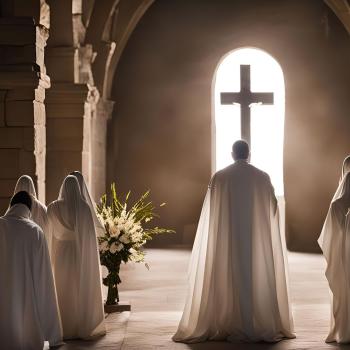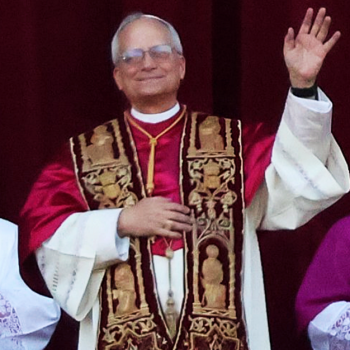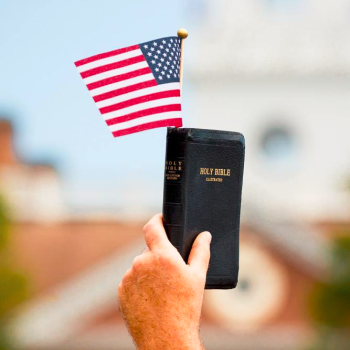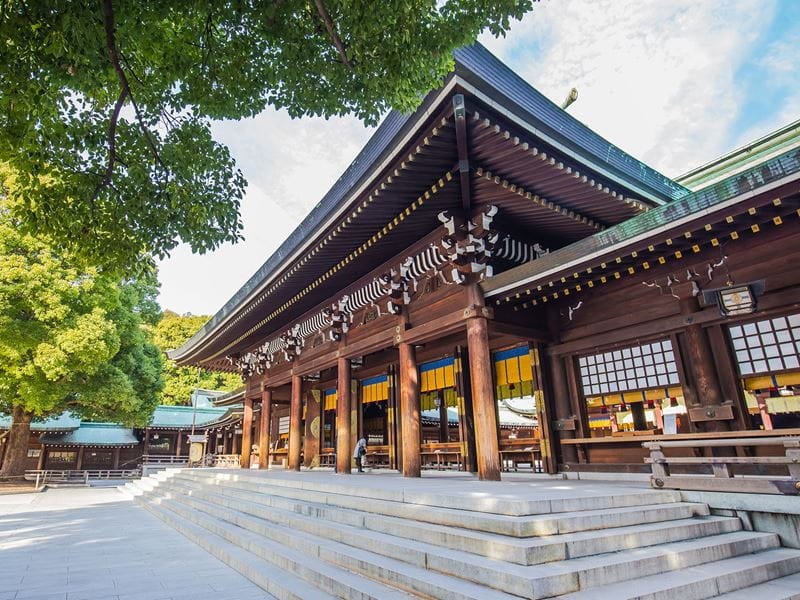
- Trending:
- Pope Leo Xiv
- |
- Israel
- |
- Trump
- |
- Social Justice
- |
- Peace
- |
- Love
The 100 Most Holy Places On Earth
Meiji Jingu

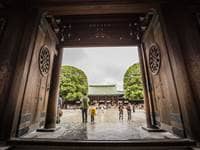
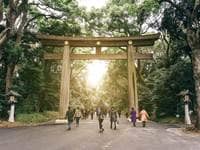
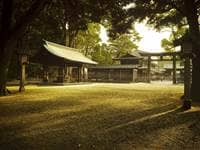
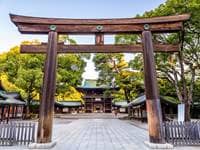
Associated Faiths:
Shinto
Also frequented by Buddhists, since (in Japan) it is often difficult to separate Buddhism and Shinto (many Japanese practicing both)
Accessibility:
Open to visitors. Ritual washing (at the temizuya or ablution pavilion) encouraged before entering.
Annual visitors: 3,000,000
History
A chief doctrine of the Shinto tradition is the existence of kami—sometimes rendered as “spirits” or “gods”—which exist everywhere around us. kami can be “spirits” associated with nature (like kami of the trees or water). The kami can also be deceased members of one’s clan or family (who may preside over the family from the “other side,” blessing or correcting its members based on how they are living). And kami can be deified famed Japanese (such as deceased war heroes or political leaders). The Meiji shrine falls into this latter category. While it is not a tomb (containing remains), it is a shrine built to the memory of Japan’s former emperor, Meiji, and his wife, Empress Shōken—both of which practitioners believe have been deified.
Emperor Meiji is important in Japanese history because he is associated with what is typically referred to as the “Meiji Restoration” or the “Honorable Restoration.” Emperor Meiji restored functional imperial rule to Japan, meaning that while there had been emperors in the past, their powers were limited and, in some ways, their reign was more symbolic that powerful. Among the many changes that the “Honorable Restoration” brought was the industrialization of Japan, which included embracing many Western methods of production.
After the death of the emperor, Japan’s national legislature passed a resolution commemorating his role in the “Restoration” and the advancement of Japan. A shrine was built (in memory of the Emperor and Empress) in a garden formerly frequented by the royal couple. It was completed in 1921, and its grounds in 1926. That building was destroyed by air raids during World War II. Its replacement, which is the shrine that stands on the spot today, was completed in 1956.
The shrine is a popular attraction for tourists, residents, and even foreign dignitaries. While it contains articles belonging to the former Emperor and Empress, and nearly 100 murals depicting various events in their lives, the complex also contains a forest, sports facilities and stadiums, a Shinto wedding hall, and even restaurants. A popular site for the commemoration of matsuri (or Shinto festivals), millions visit the shrine complex each year.
Religious Significance
In Shinto tradition, it is believed that nearly everything has a kami (i.e., a “spirit” or “god”) in it. Trees, rocks, bodies of water, material possessions, and even people and nations, have kami associated with them or dwelling within them. They kami can bless or punish, based on their domain and the behavior of the people. For example, water kami are restricted to the water, but can bless the people of Japan with sufficient water for healthy crops (if the people have been good), or with floods or a tsunami (if the people have been bad). Thus, believers in the teachings of Shinto believe it is important to keep the kami happy. Making offerings, participating in the matsuri (or festivals), praising the kami—these and other behaviors please the kami and keep the people and nation blessed.
In the case of Japan’s former emperor and his wife, in Shinto, they are believed to have become deified. They now are kami whose responsibility is to watch over the nation of Japan; to keep it safe and prosperous. Thus, practitioners of Shinto might visit the Meiji Shrine to make offerings to the deceased emperor and empress, to pray to them, and to request special favors at their hands—on behalf of the nation or on behalf of oneself.
The Meiji Shrine constitutes “sacred space” in that it is believed to be a place where spirits or kami are intensely present and, in the case of this specific shrine, the spirits of two of the country’s most revered past leaders. Thus, the site is holy because their spirits are there, and their powers (on behalf of the nation and people of Japan) are accessible there, by practitioners visiting, petitioning them, and appeasing them (through offerings and also through making commitments to the deified emperor and empress). Thus, for those who believe, this is hallowed ground with living spirits that watch over the nation, and which can be contacted at and through this sacred shrine.




